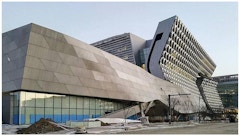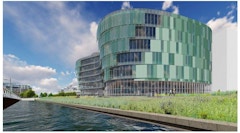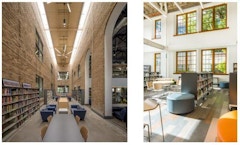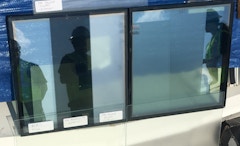Facade and electric lighting integration
Facades and electric lighting systems are, for the most part, still considered as separate systems throughout the design, installation,
Facades and electric lighting systems are, for the most part, still considered as separate systems throughout the design, installation,



Over the last two decades, in what has been coined “The Digital Turn”, the introduction of parametric design software has afforded increased




Life cycle assessment was introduced in the 1970s as an analytical tool to quantify the environmental impact of a product, process, or service.

The design of complex, high-performance facades involves balancing attention towards principles of material selection, thermal and moisture

Facades must be responsive to a myriad of qualities and influences ranging from urban impact and aesthetic character to numerous performance

Daylighting is a key strategy to energy efficiency and improved occupant comfort, health, and productivity in buildings. However, providing desired

Daylighting & Solar Glare control, which affect both the energy consumption of the building as well as the comfort of the occupants, become


The research is structured around complex optical effects of undulated glass and coatings that exhibit high reflectivity, especially at higher

Glass by nature is a reflective material, and it is well-known and documented that issues of glare can occur due to solar reflection. This phenomenon





New approaches to lightweight metal forming have the potential to advance architectural fabrication, particularly in the design and engineering of


